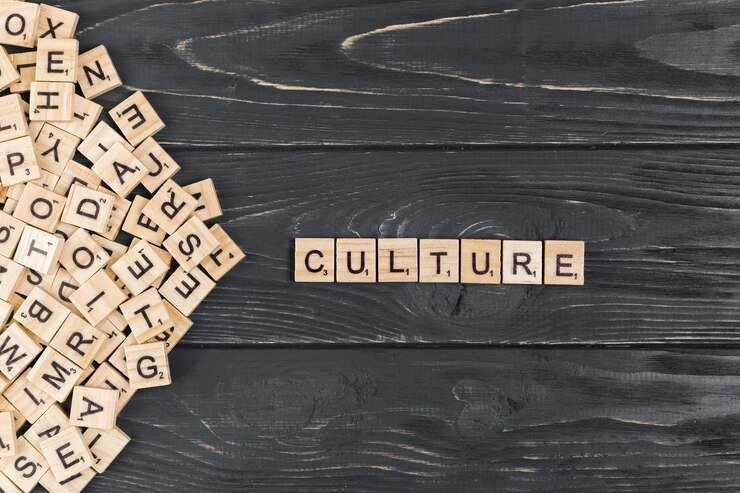The “Fifty Shades” series, particularly the infamous Fifty Shades of Grey, has sparked endless debates around censorship, freedom of expression, and the role of literature in society. Since its debut, the series has stirred moral outrage in some circles while being hailed as a daring exploration of human desire in others. This article delves into the issue of censorship surrounding the “Fifty Shades” series, examining the broader cultural implications, the challenges of balancing artistic freedom with societal norms, and the ultimate question: Should literature be censored?
1. The Phenomenon of “Fifty Shades”
When Fifty Shades of Grey was first released in 2011, it quickly became a global sensation. The trilogy, penned by E.L. James, sold over 150 million copies worldwide, spawning movies, merchandise, and even parodies. However, despite its commercial success, the content of Fifty Shades—which heavily features themes of BDSM, explicit sexual encounters, and power dynamics—raised many eyebrows.
The series was banned in some libraries and schools across the United States and internationally. Critics argued that its explicit sexual content, combined with what some saw as a glamorization of abuse, made it unsuitable for public consumption. Yet, the backlash also ignited a larger conversation about who gets to decide what constitutes appropriate literature and where the line between artistic freedom and societal responsibility should be drawn.
2. Censorship: A Necessary Evil or Cultural Suppression?
Censorship, particularly in the context of literature, has long been a contentious issue. On the one hand, there is the argument that censorship protects individuals—especially young readers—from exposure to harmful or inappropriate material. In the case of Fifty Shades, its critics have argued that the explicit nature of the content could have a negative influence, promoting dangerous ideas about relationships, consent, and gender dynamics.
Art and literature have often pushed boundaries, challenging societal norms and fostering new ways of thinking.
3. Cultural Perceptions of Morality
A key factor in the censorship debate is the question of morality, which is deeply tied to cultural perceptions. What one society considers morally reprehensible, another might view as acceptable or even laudable. This becomes evident in how Fifty Shades of Grey was received around the world.
In countries with more conservative social norms, the series was outright banned or heavily restricted. Similarly, in the United Arab Emirates, the book was pulled from shelves.
4. The Role of Public Institutions in Censorship
The question of who should decide what gets censored is a complex one. Public institutions like libraries and schools often bear the brunt of this decision-making process. Librarians, for instance, must balance their commitment to intellectual freedom with their responsibility to their patrons, particularly younger readers.
Schools face similar dilemmas.
5. The Feminist Perspective: Liberation or Degradation?
The feminist critique of Fifty Shades has been multifaceted. Some feminists have praised the series for bringing female desire and sexuality to the forefront of popular culture. Fifty Shades represented a cultural shift, where women’s sexual fantasies were no longer relegated to the private sphere but were instead given a mainstream platform. This visibility, some argued, was empowering, allowing women to openly explore themes of sexuality that had previously been taboo.
This divide within feminist circles mirrors the broader cultural debate about Fifty Shades and censorship.
6. The Digital Age and the Difficulty of Censorship
The rise of the digital age has complicated the issue of censorship. In the past, banning a book meant physically removing it from shelves, but now, with the proliferation of e-books and online access, censoring material has become much more difficult.
Even in countries where Fifty Shades was banned, determined readers could easily find a way to access the material online.
7. Should “Fifty Shades” Be Censored? A Final Verdict
Ultimately, whether Fifty Shades of Grey should be censored is a matter of personal opinion, deeply tied to one’s views on morality, literature, and freedom of expression. For some, the series represents a moral threat that should be restricted to protect the public, particularly young readers.
Conclusion
Censorship will likely continue to be a hot-button issue as long as art and literature exist. Fifty Shades of Grey stands as a prime example of the challenges that arise when a work of fiction pushes the boundaries of what’s considered acceptable. Whether it’s viewed as an empowering exploration of desire or a dangerous glamorization of unhealthy relationships, the series has undoubtedly made an impact on the cultural landscape.
As society continues to evolve, so too will our understanding of what should and shouldn’t be censored.

